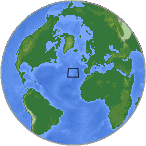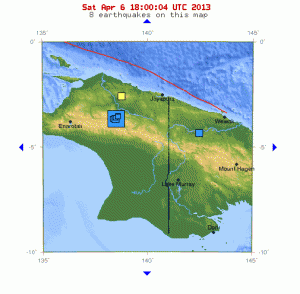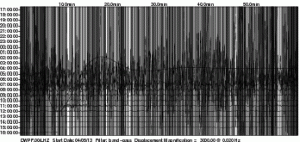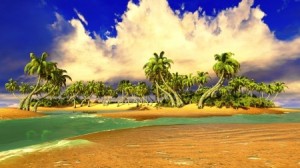
Heavy rains are causing flooding in Hawaii.
Heavy rains and runoff are causing flood advisories in Hawaii. If the heavy rains persist, the advisories will be extended.
To top this off, a 7.2 magnitude earthquake struck east of Balilihan, Philippines early morning October 15, 2013, and although tsunami warnings for Hawaii were not issued, high waves will be rolling into the upper Hawaiian Islands.
This will exacerbate heavily flooded areas.
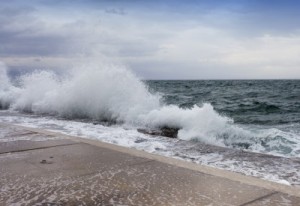
High waves will reach the Hawaiian Islands after the 7.2 quake in the Philippines.
Advisory
A flash flood watch through Tuesday has been issued for the State of Hawaii. The entire Island of Lanai is under flood advisory, as well as the Big Island, Oahu, Kauai, Waianae, Maui, Haleakala, and Kona.
The Island of Molokai was under flood advisory, but that was cancelled once the heavy rains stopped.
Let’s hope the volcanoes don’t erupt right now – that’s all they need.

